Microservices and Serverless Architecture for computing streaming data from field devices
Serverless and Microservices are used together to create highly scalable backend solutions for mobile and web platforms. 0ne of our UK customers wanted to build a fitness tracking app integrated with a wearable fitness band. For this product, a highly scalable backend is required which is capable of processing high volumes of health data coming from millions of users. The application has the capability to provide AI based gamification such as targets, challenges and goals to enhance user engagement. Blockchain based rewards implementation has been done for purchasing products on the app E-commerce store. STANRA designed and built the application.
Challenges:
- Regular Syncing of sensor data from devices
- Real time data aggregation
- Real time analytics and gamification
- Scalable to process data from millions of devices
The Solution:
Stanra team implemented following solution:
- Implemented Serverless deployment since there are a lot of microservices and each of them should be highly scalable and available. SAWS Lambda takes care of scalability and availability of services
- Built microservices using Spring Boot for the mobile app to read processed health and user data, sync health data to the backend for computations, deployed them on Lambda and exposed them using API Gateway for scalable and faster response to the mobile app
- Built backend services using spring boot for all complex backend processing logic, AI logic which are deployed on Lambda and triggered either through SQS on write or through Cloudwatch events thereby allowing asynchronous processing
- DynamoDB has been used as a database for all User Data, Logging unprocessed health data
- Neo4j has been used as a graph database for storing aggregating data as it maintains chain and has a faster search capabilities
- SQS has been used as a queue for all asynchronous processing through automatic triggering of AWS Lambda
The diagram below explains the solution designed by STANRA and implemented using Spring Boot microservices and backend services:
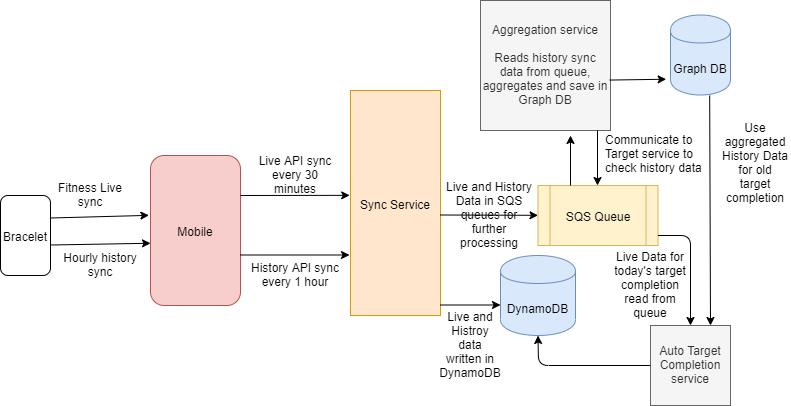
The Takeaways:
- Wherever possible opportunities must be explored for asynchronous processing of compute intensive data. In most cases it will provide much higher performance and user experience
- Asynchronous processing of data along with use of Neo4J for storing processed data enabled Real time analytics for Health Data
- Choice of Serverless along with microservices provided required hardware level scalability and availability of the server application
- Choice of ReactNative enabled simultaneous release of Android and iOS versions of the application eliminating the inevitable time lag that would have come if the two applications were developed in parallel
- Automation of complete release cycle enable efficient testing and UAT deployment on daily basis

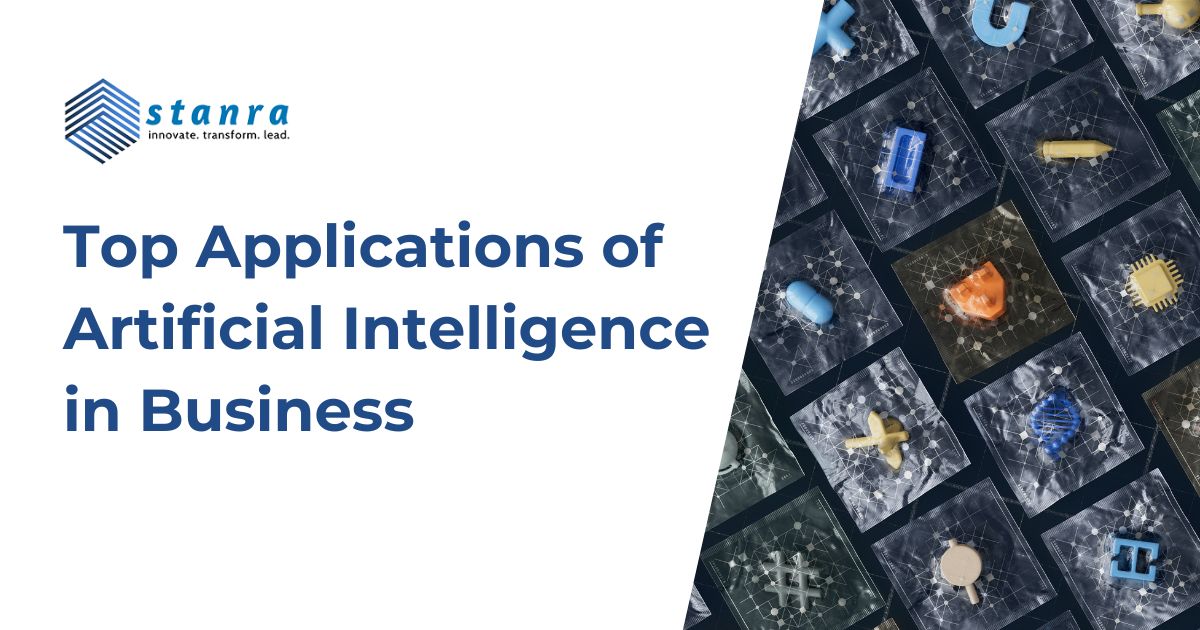
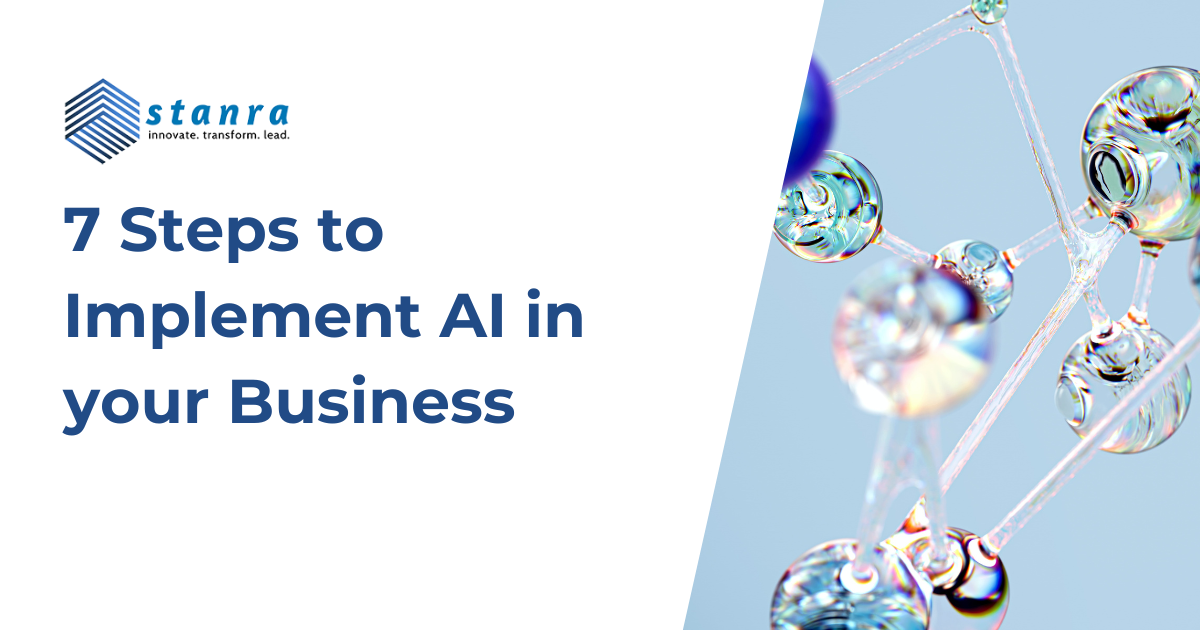
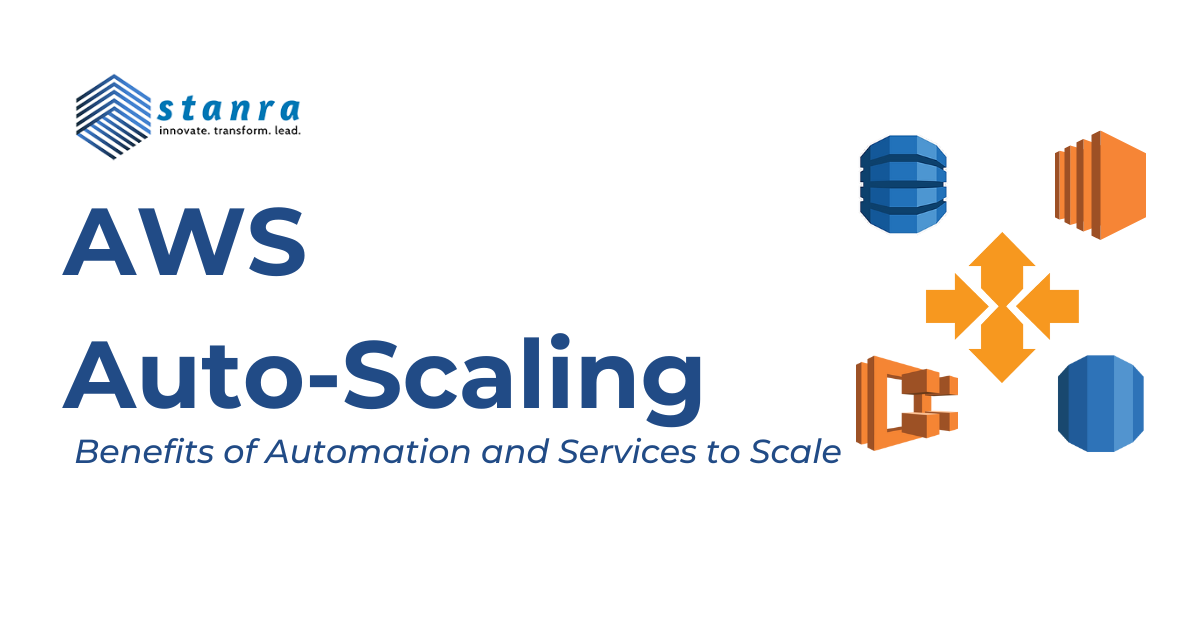
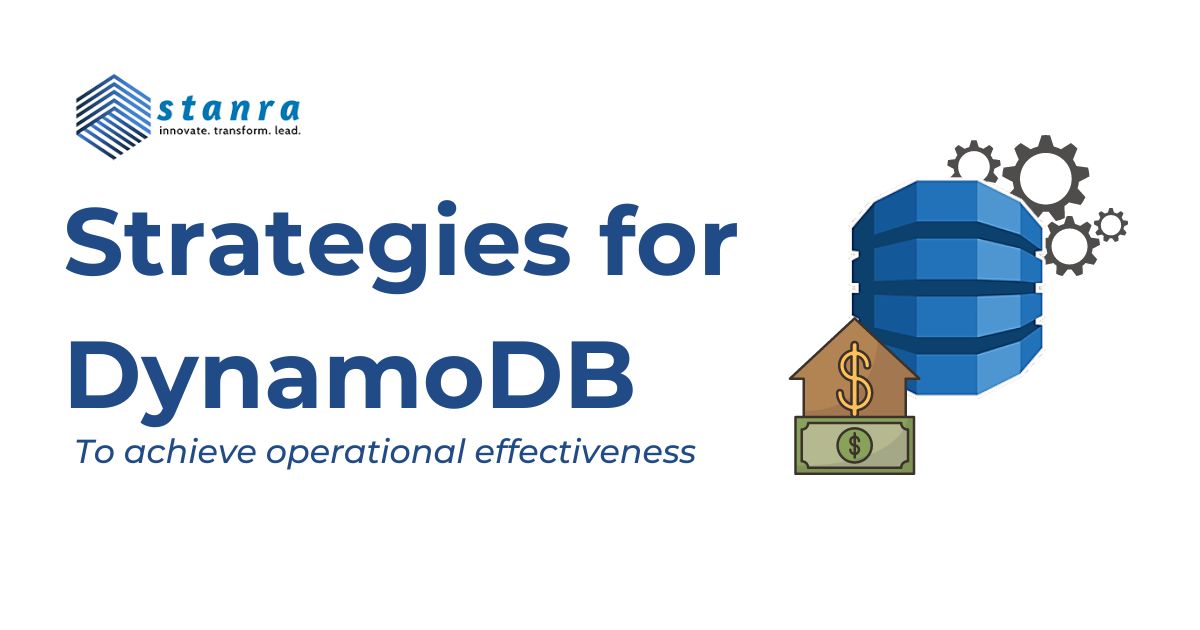
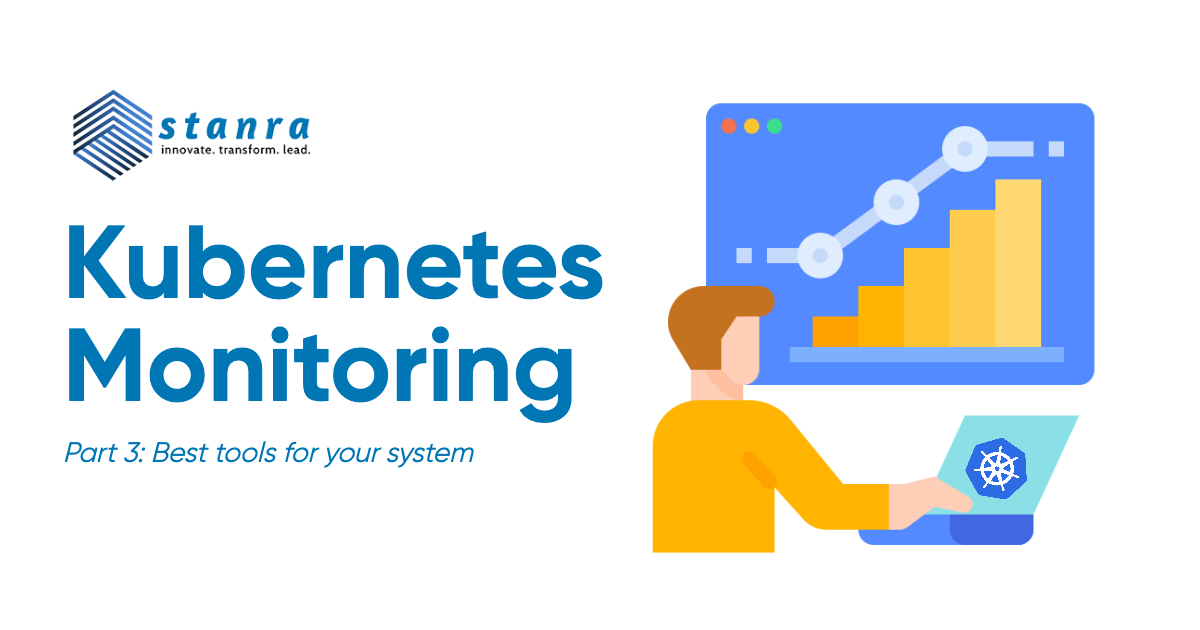
Leave A Comment